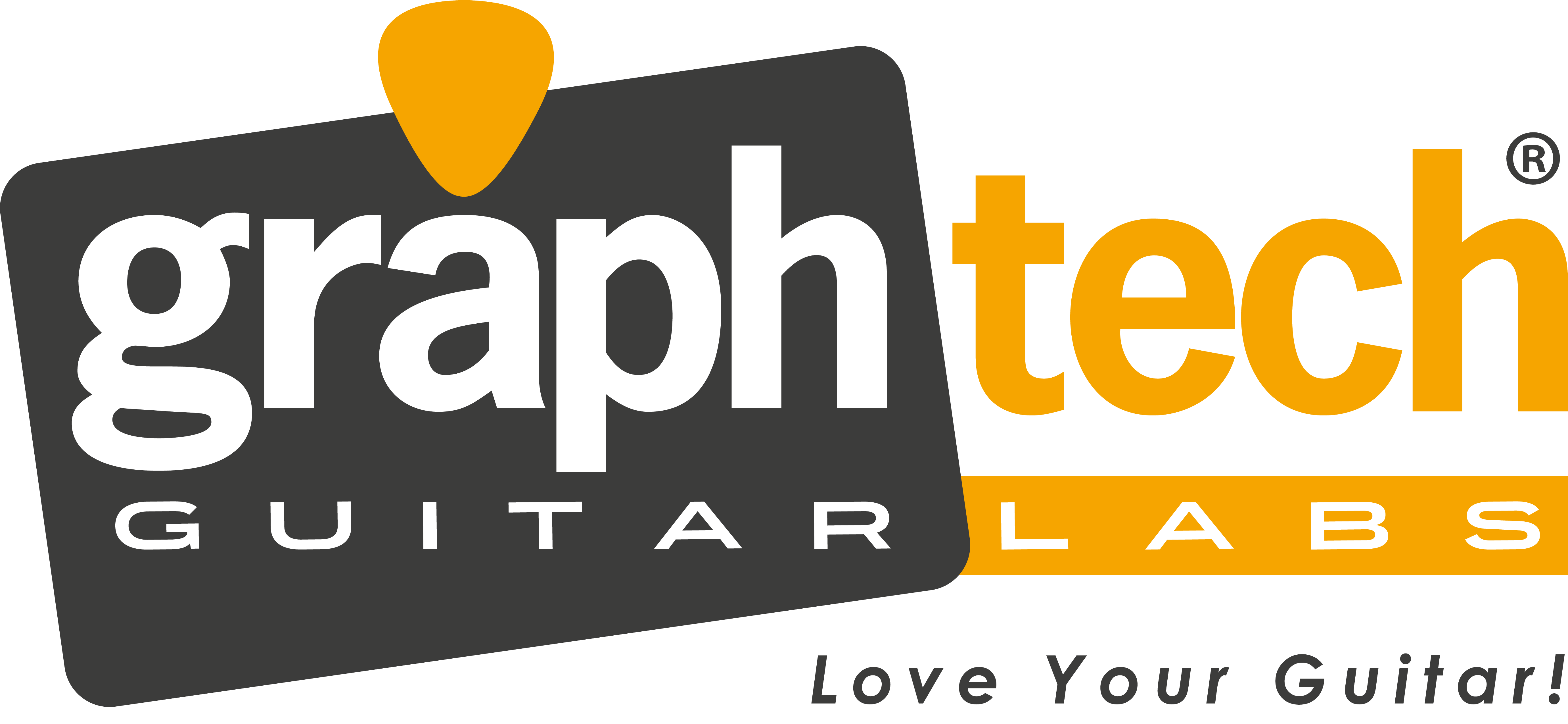Fretboard WoodsUpdated a year ago
Perhaps more significant than neck wood, the fretboard is the place your string launches from. It is the “bridge” on the other side. Fretboard differences are as dramatic as those between a hardtail and a tremolo.
Maple: Very bright and dense, Maple is highly reflective. When used on a fretboard, Maple encourages tremendous amounts of higher overtones and its tight, almost filtered away bass favors harmonics and variations in pick attack. TUSQ XL and Black TUSQ XL can counteract this, by adding a big open low end and 16% more sustain to those frequencies.
Rosewood: The most common fretboard, Rosewood is naturally oily and works well on any surface that sees frequent human contact. The sound is richer in fundamental than Maple because the stray overtones are absorbed into the oily pores. Rosewood is the most common choice for both acoustic and electric guitars, and it is the perfect candidate for Graph Tech products. The clear, bell-like treble response of our products can complement the rich bass, and the added harmonics extend the range of the low end.
Ebony: Ebony has a snappy, crisp attack with the density of Maple but with more brittle grains, oilier pores, and a stronger fundamental tone than Maple. It has a tremendous amount of percussive overtones in the pick attack, that mute out shortly thereafter to foster great, long, sustain.
Pao Ferro: Quite simply, Pao Ferro is a wood that falls between Rosewood and Ebony, and the tone follows suit. It has a snappier attack than rosewood, has good sustain, and is warmer sounding than Ebony. Some consider Pao Ferro to represent their favorite aspects of the two.
